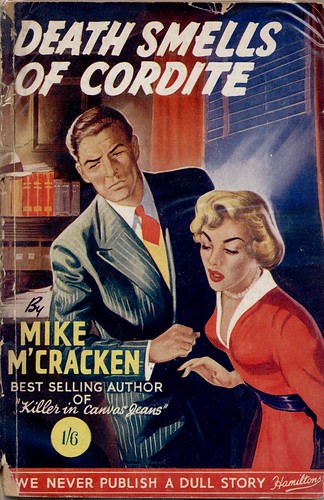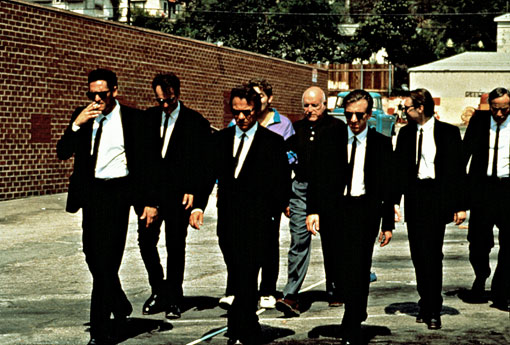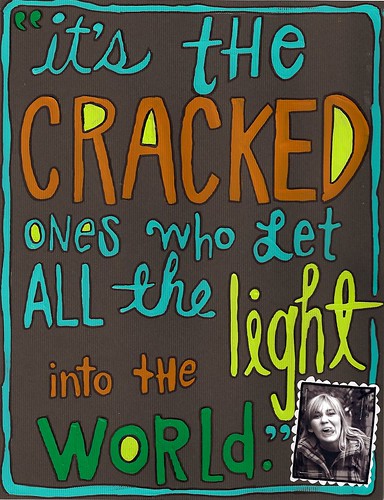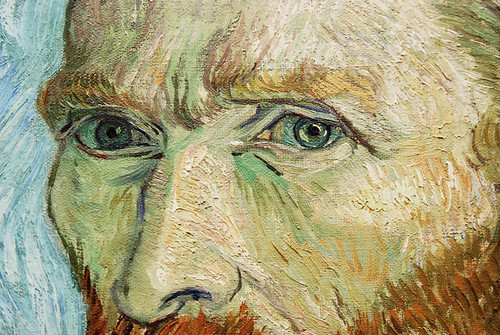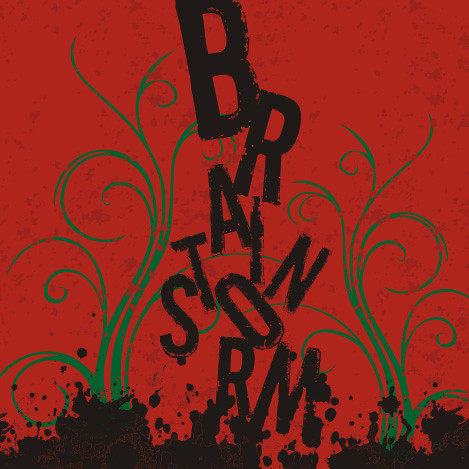This Is The Best Place To Get Creative Work Done
ristopher Shea at the WSJ covers new research: Just how hard do telecommuters work? It depends on the assignment: Employees get more boring work done in the office and more creative work at home. Researchers assigned two tasks to 125 participants. The first was rote and repetitive; the other involved coming up with as many unusual uses for ordinary objects as possible, a test often used by psychologists to measure creativity. About half the participants did the tasks in a…
1 min read
5 ways that distance makes you more creative:
ychological distance can be a powerful tool for creative work. It can come in many forms: Exhaustion makes us more creative. Jazz musicians literally turn off part of their brain to disinhibit themselves and improvise. Pretending you're solving a problem for someone else can give enough distance to add insight. Time away from a challenge helps problem solving. Daydreaming results in better lies. Being drunk makes us more original. Join over 195,000 readers. Get a free weekly update via email here. Related…
1 min read
6 research based tips on how to increase creativity:
om Jeremy Dean's great book How to Be Creative: 1. Knowledge: with expertise come the tools you need for creativity, but expertise can also get you stuck in a rut. Acknowledge this and find ways to break out of old routines. 2. Problem construction: decisions made early on can make or break a project. Don't be too keen to rush in, whatever your instincts might tell you. More creative people tend to spend longer constructing the problem. Use constraints and…
2 minutes
Is the smell of pizza the key to creativity?
eep has been shown to facilitate creativity. Researchers wanted to see if they could coax the brain into continuing work on a problem while people were unconscious. Scientists put an odor in the air while subjects were working on a challenging task. While the subjects slept that night, the odor was again diffused into the room. This stimulated their brains to keep working on the problem while they slept. When they awoke they were more creative: Both scientists and artists…
2 minutes
Which is more creative: a team of strangers or a team of old friends?
e perfect mix lies in between the two, and can be measured scientifically. Via Imagine: How Creativity Works: In essence, the amount of Q reflects the “social intimacy” of people working on the play, with higher levels of Q signaling a greater degree of closeness. For instance, if a musical was being developed by a team of artists who had worked together several times before— this is common practice on Broadway, since producers see “incumbent teams” as less risky— that…
2 minutes
Are the most creative things also the most predictable?
bsp; 89% of highly creative ads fit into just six templates. Only 2% of lesser ads could be categorized. Via Made to Stick: Why Some Ideas Survive and Others Die: In 1999, an Israeli research team assembled a group of 200 highly regarded ads—ads that were finalists and award winners in the top advertising competitions. They found that 89 percent of the award-winning ads could be classified into six basic categories, or templates. And: The researchers also tried to use their six…
2 minutes
Are great artists more likely to be crazy?
ccessful artists are not more likely to have schizophrenia but they have epic rates of depression and bipolar disorder. Via Imagine: How Creativity Works: Andreasen found that 80 percent of the writers met the formal diagnostic criteria for some type of depression. These successful artists weren’t crazy— they were just exceedingly sad. And: “Successful writers are like prizefighters who keep on getting hit but won’t go down,” Andreasen says. “They’ll stick with it until it’s right. And that seems to be…
2 minutes
Does brainstorming for new ideas really work?
. Via Imagine: How Creativity Works: There’s just one problem with brainstorming: it doesn’t work. Keith Sawyer, a psychologist at Washington University, summarizes the science: “Decades of research have consistently shown that brainstorming groups think of far fewer ideas than the same number of people who work alone and later pool their ideas.” In fact, the very first empirical test of Osborn’s technique, which was performed at Yale in 1958, soundly refuted the premise. The experiment was simple: Forty-eight male undergraduates…
2 minutes



